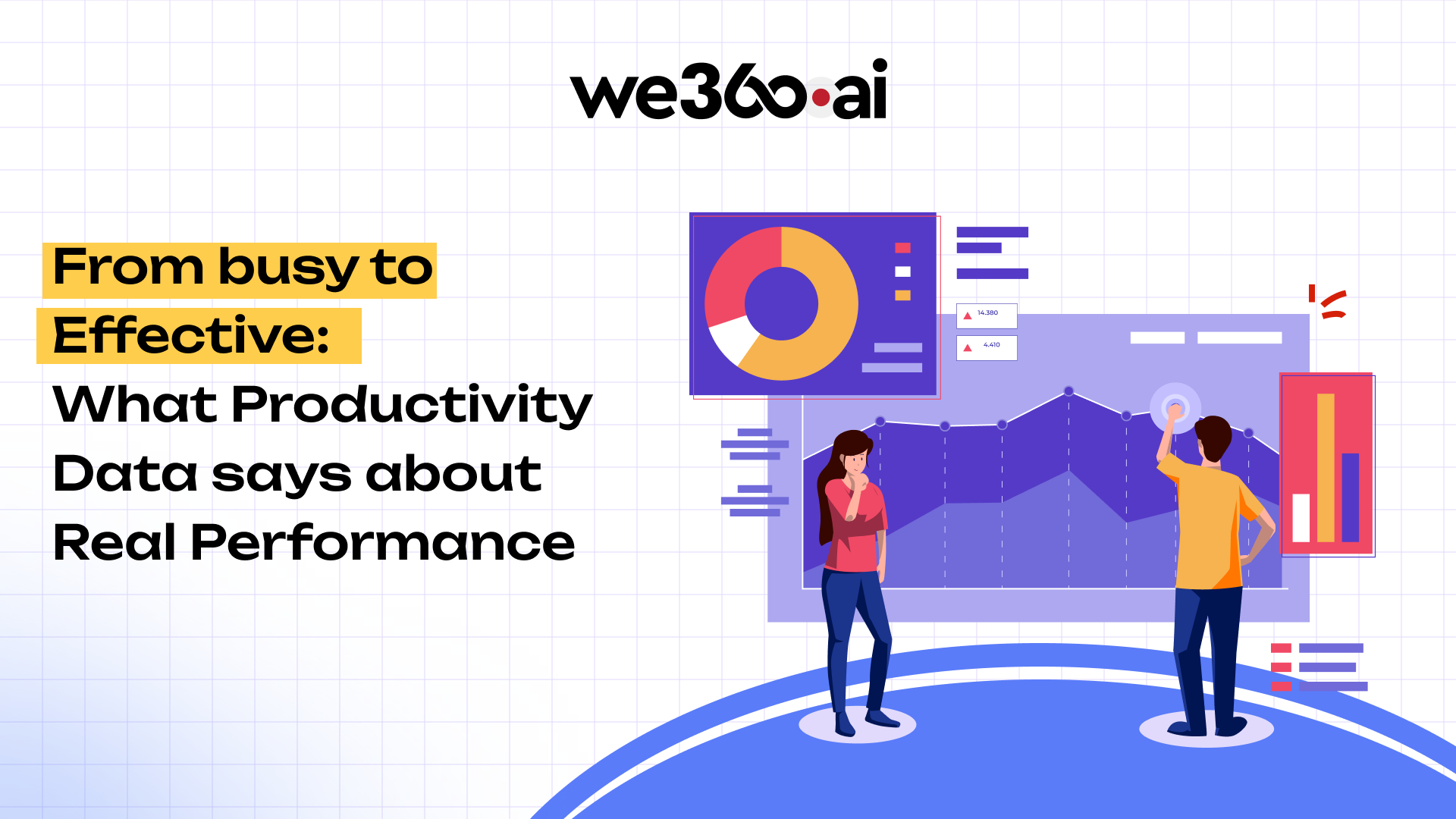Research reveals that during an 8-hour workday, employees spend only 4 hours and 12 minutes productively.
During this distraction, the top 47% of off-task behavior is surfing the internet.
And 45% of employees cite checking social media as the second most disruptive task.
Imagine the number of hours wasted, percentage of employees' efficiency underutilized and their impact on organization’s actual turnover.
Frustrating right?
There needs to be a better way to achieve maximum productivity for employees.
By following the below pointers, you can combat this situation effectively and foster an environment of greater productivity without employee burnout.
Read Your Team’s Higher Productivity Hours
There are no two hours where your team’s productivity is going to be the same.
As a manager, it is advantageous to know each team member's strengths and highest productivity hours.
You may encourage your team members to start journaling and list the times they felt most energized and focused.
While this will help them identify taking up complex tasks during these hours, it also boosts their productivity. Make sure these hours are used for most critical and complex tasks.
Since the focus and agility to do tasks is dominated by ultradian rhythms, it’s something you cannot work around, so you have to work through it.
Create a Checklist of Tasks
Do not stuff your daily tasks where you’re stepping yourself for failure even before you start. A huge number of tasks to accomplish each day may be overambitious and make you fall flat on your goals.
Brian Tracy coined Eat That Frog method. It encourages your team to start the day with most impactful or challenging task (which is the ‘frog’). After its completion, a psychological boost prevents team members from procrastinating.
Similarly, according to David Allen’s “Getting Things Done” method, if a task can be completed within two minutes, do it immediately. This method refrains you from compiling a large number of short tasks.
Synonymously, Brian Tracy has also formulated ABCDE method, which lists tasks based on priority. A (most important task that must be done), B (important tasks that should be done), C (good to do tasks), D (tasks that can be delegated) and E (tasks that can be eliminated).
These methods ensure high-priority tasks are done first, aligning with overarching goals.
Avoid Multitasking
Studies show that the human brain isn’t designed to multitask and can reduce productivity by 40%. Although it may seem that working on more than one task simultaneously may yield more results, it does more harm than good.
98% of workers are less productive when they are working on more than one task.
Dr. Sanjay Gupta, CNN’s chief medical correspondent, says it’s not just time taken to switch from one task to another. You start a new task while still being alert to two or three other tasks. When switching between tasks, your brain decides to shift to the current task, reassembling the contextual elements for the tasks you’re doing at present.
American Psychological Association reports this slows productivity—the more complex the task the greater time for adjustments.
Do Not Run After Perfectionism
One factor that is more insidious than anything else is the idea of “perfectionism.”
On one hand, it motivates you to perform at your highest capacity, while on the other hand, it can cause unnecessary anxiety and slow you down.
“Perfection is not attainable, but if we chase perfection, we can catch excellence,” said Vince Lombardi.
One way to overcome the quest for perfectionism is to set a timeframe for each task. For example, if you have set half an hour for one task, as soon as the clock ticks the half-hour mark, deem the task complete to get going.
This way, you can work on different modules within strict timeframes and avoid mulling over one task before it is perfect.
Make Your Workspace Comfortable
Working in a less-than-professional workspace can impact your team’s productivity.
A workspace should be designed as such that helps you be more focused and motivated.
A few steps you can take are to:
- Position your desk near a window that doesn’t glare at your screen.
- Invest in an adjustable chair and maintain a healthy posture.
- Declutter your workspace so that only essential items are there, avoiding distractions.
- Add photos, plants or motivational quotes that enhance your attention and motivate you.
- Use noise-cancellation headphones or a white noise machine.
- Incorporate air-purifying plants or air filters for better focus.
Do What You Can To Thrive Best
As humans, it’s impossible for us to work at our peak capacity every hour.
What you can do is identify your best hours and take up the most important and complex tasks.
Even if you do not accomplish each task with the same vigor and efficiency, attending to half of the tasks with utmost capacity can do wonders.
This can transform end-of-day deliverables and help you tick all relevant items.



.png)
.png)









